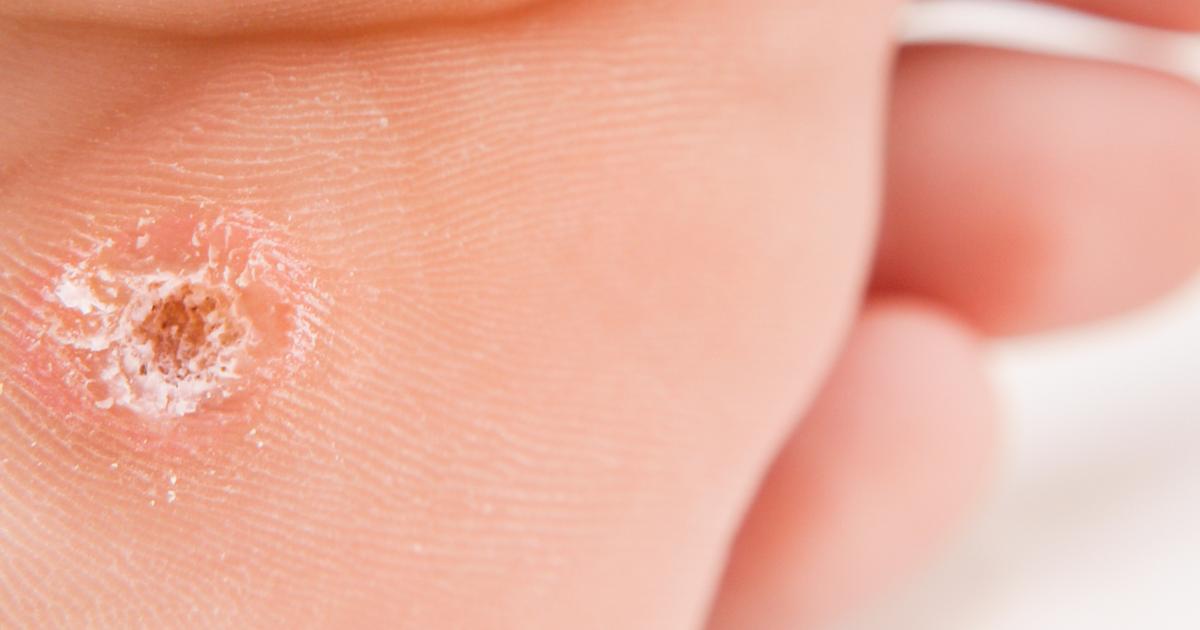Symptoms Of Plantar Warts
Plantar warts occur when small growths appear on the weight-bearing areas of the foot. The most common place for them is on the heel. The pressure from an individual's weight can sometimes lead to the warts growing inward underneath a thickened and hard layer of skin, otherwise known as a callus. This condition is caused by the human papillomavirus, which enters the body through small cuts, abrasions, or other weak openings in the bottom of the foot. The majority of plantar warts aren't indicative of a serious health concern. They tend to resolve without treatment after a while. If they're causing discomfort or cosmetic anxiety, though, patients might do self-care treatments at home or talk to a doctor about having them removed.
Get the details on the symptoms of plantar warts now.
Calluses

Calluses are one of the symptoms of plantar warts. When the warts don't appear on the surface of the skin, they sometimes grow underneath the skin, leading to a thickening and hardening of the skin (callus). It's common for calluses to develop on the feet, especially if individuals wear ill-fitting shoes or do a lot of standing and running. However, they aren't always a sign of plantar warts. Some calluses are good for the feet, as they help protect the skin against abrasions. When calluses aren't caused by plantar warts, they tend to occur in areas where the skin has been repetitively rubbed or irritated. Calluses caused by plantar warts tend to be smaller than calluses caused by abrasions. They form over one well-defined spot. This is the place the wart has grown inward instead of growing from the surface of the skin. If individuals experience discomfort along with the callus, they should talk to a doctor, particularly if the discomfort interferes with their ability to do daily activities.
Read more about the warning signs of plantar warts now.